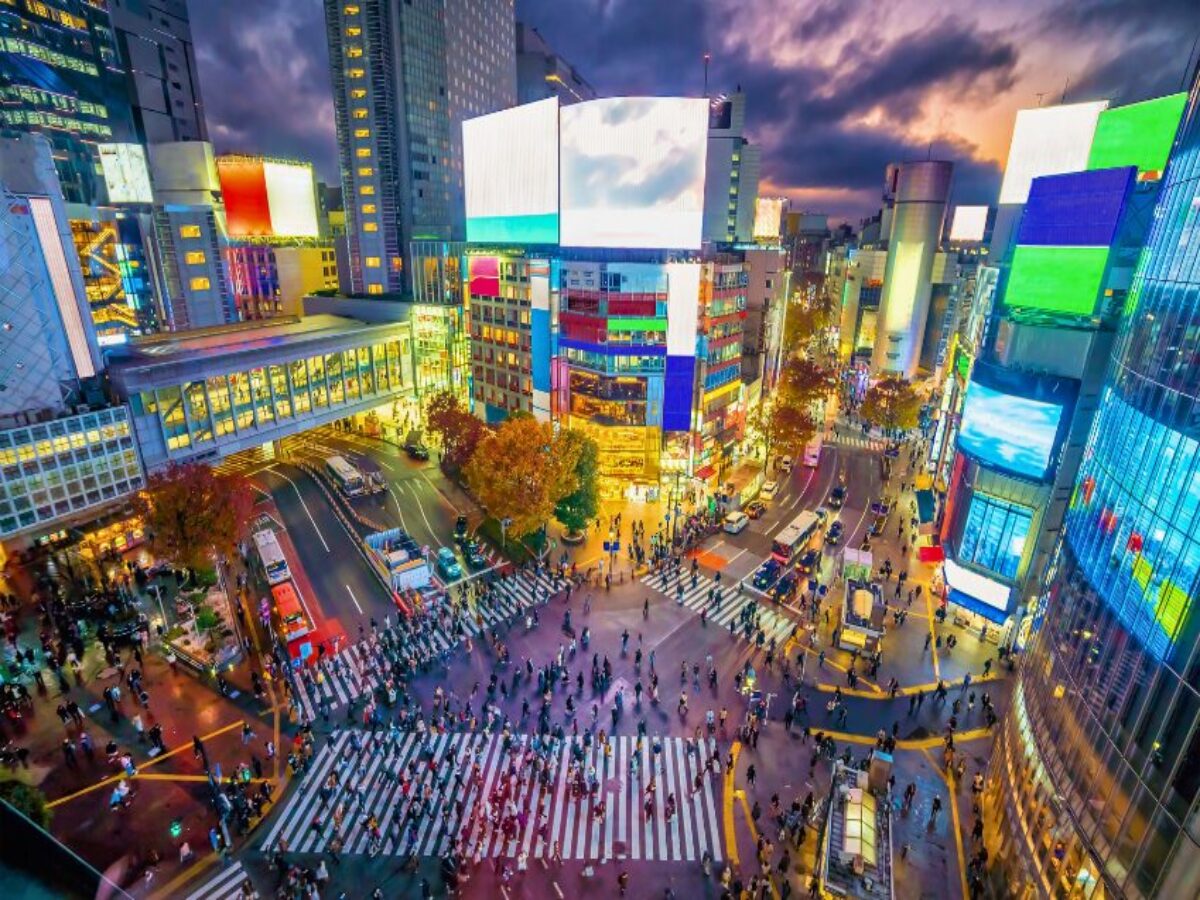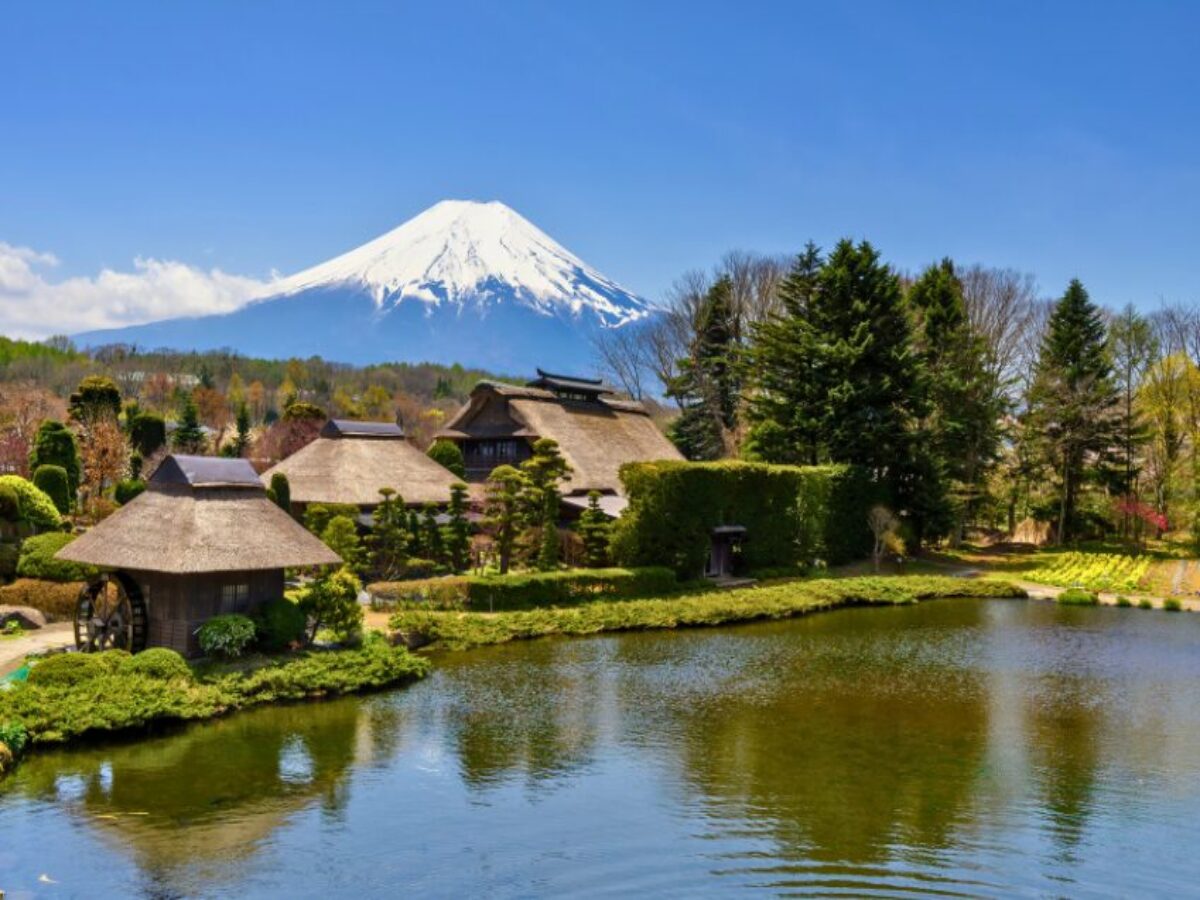Japan has long been a popular destination for tourists worldwide, including Filipinos. The country’s unique blend of tradition and modernity, stunning landscapes, and rich cultural heritage attract many visitors every year. To facilitate easier travel, Japan has made significant updates to its visa policies, particularly for Filipinos under the high-income category. This article will explore these updates, outlining the requirements, benefits, and application process for Filipinos seeking a multiple-entry visa to Japan.
The Multiple-Entry Japan Visa Policy
Japan introduced the multiple-entry visa to foster better tourism relations and encourage frequent visits from neighboring countries. This visa allows eligible travelers to enter Japan multiple times over a specified period without the need to reapply each time. For Filipinos, this means more flexibility and convenience when planning trips to Japan, be it for business, leisure, or family visits.
Updated Requirements for Multiple-Entry Visa

As of the latest updates, Filipinos under the high-income category must meet the following requirements to qualify for a multiple-entry visa to Japan:
- Applicant’s Bank Certificate showing the balance within the last six months. If the Average Daily Balance (ADB) in the last six months is not indicated, bank statements must be submitted to prove transactions within the last six months.
- Applicant’s Employment Certificate indicating period of employment, salary, and position.
- Business owners must submit a copy of their business’ DTI Certificate of Business Name Registration and Mayor’s Permit from City Hall.
- Applicant’s Tax Payment Certificate issued by Bureau of Internal Revenue, a.k.a. Form 2316. This document must have the signature of the Employer and Employee.
- For business owners, proof of actual payment of tax must be submitted in addition to the BIR Tax Payment Certificate Form.
Benefits of the Multiple-Entry Visa
Holding a multiple-entry visa offers numerous benefits for high-income Filipino travelers:
- Convenience: No need to reapply for a visa for each trip, saving time and effort.
- Flexibility: Easier to plan spontaneous trips to Japan for business or leisure.
- Extended Stay: Some multiple-entry visas allow for longer individual stays, making it ideal for extended business projects or lengthy vacations.
- Streamlined Travel: Simplified entry procedures at Japanese ports of entry.

The updated multiple-entry Japan visa requirements for high-income Filipinos aim to streamline the travel process and foster stronger ties between Japan and the Philippines. By understanding and meeting these requirements, Filipino travelers can enjoy the benefits of easier and more flexible access to one of Asia’s most captivating destinations. Whether for business or leisure, the multiple-entry visa opens up new opportunities for frequent visits to Japan, making it an attractive option for eligible travelers.
References
– [Japanese Embassy in the Philippines](https://www.ph.emb-japan.go.jp/)
– [Japan National Tourism Organization](https://www.japan.travel/en/)


Comment (0)